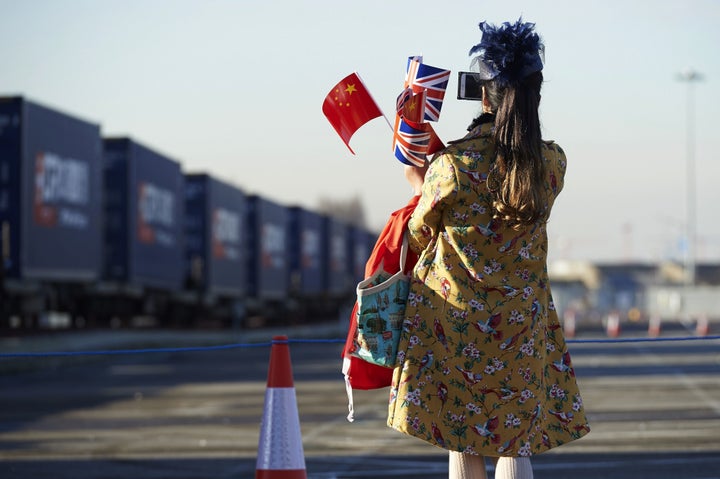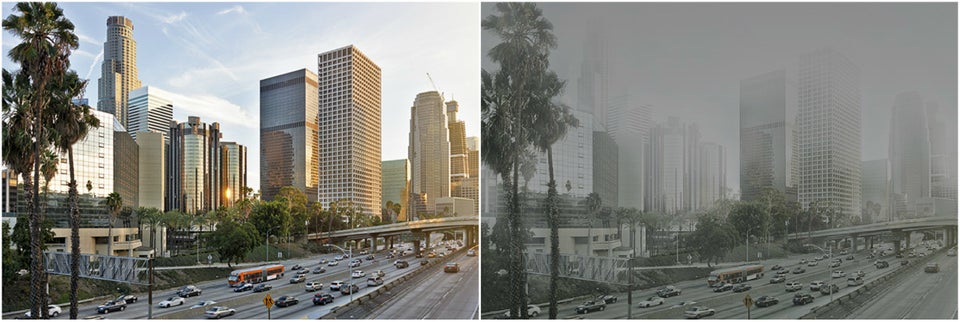
Chinese President Xi Jinping’s massive “One Belt, One Road” project is more expansive and inclusive than any other modern undertaking by a single country. If successful, it could transform the face of the developing world. But the endeavor has many potential pitfalls.
The Belt and Road initiative covers a huge part of the world and promises to thrust China into the center of the globalization process. Developing countries that lack infrastructure can theoretically obtain much-needed roads, railways and ports. The Belt and Road initiative could represent the most significant coordinated development undertaking in history.
The question, though, is if it will succeed. There appears to be insufficient due diligence in some cases, which carries political and financial risks. For example, work on the Colombo port project in Sri Lanka and a high-speed rail plan in Indonesia stalled due to local opposition. In other areas, like Gwadar in Pakistan, security is a major concern.
Projects funded by the Asian Infrastructure Investment Bank are more likely to be carefully weighed in terms of risk. By contrast, projects financed by the China Development Bank or the Export and Import Bank of China may undergo standard examination but, as part of an array of projects on the table, may be short-changed in full analysis and oversight.
“There appears to be insufficient due diligence in some cases, which carries political and financial risks.”
AIIB has provided $1.73 billion for nine Belt and Road projects. The overall figure for projects in the planning or implementation stages is $900 billion. The vast majority of funding for Belt and Road projects comes from the Export and Import Bank of China, China Development Bank and China’s commercial banks. China’s policy banks are overbooked: in 2015 alone, the China Development Bank said it had reserved $890 billion for over 900 projects. What is more, the Export-Import Bank of China stated at the beginning of 2016 that it had funded over 1,000 projects. How can these large development banks plan and oversee that many projects?
Political risk is also a major concern. Seventy-one percent of Chinese firms view political risk as a major threat to investing abroad. The China-Pakistan Economic Corridor, where China has planned to build up an international port, is a prominent example. There is an ongoing separatist insurgency that is likely to threaten security in the region. Political risk can destroy the value of industry and infrastructure in a short period of time and needs to be a major factor in planning before projects get off the ground.
Poor project performance may also create political tensions between invested countries and China. Already, China’s plans to construct a second canal in Nicaragua have led to protests in response to the threat of large-scale environmental pollution in Lake Nicaragua and local land seizures for the project. Many Pakistanis are no more enthusiastic about the economic corridor project, which has employed Chinese workers rather than local labor. These conflicts could result in project disruptions and large losses.
“Investment could be more beneficial if the pace of implementation is slowed down and carefully overseen.”
This brings us to the problem of debt repayment. Many Belt and Road projects have high credit risks. China’s own credit rating is AA-, but Belt and Road countries hold credit ratings of BB+ and below. China will have additional potential non-performing loans that will make their way through the financial pipeline and reduce China’s fiscal and financial viability going forward.
The presence of risks does not mean that planned projects should be abandoned. However, investment could be more beneficial if the pace of implementation is slowed down and carefully overseen. Using a more cautious approach to political and financial risks during the planning stage can help ensure that Belt and Road projects come to fruition.

